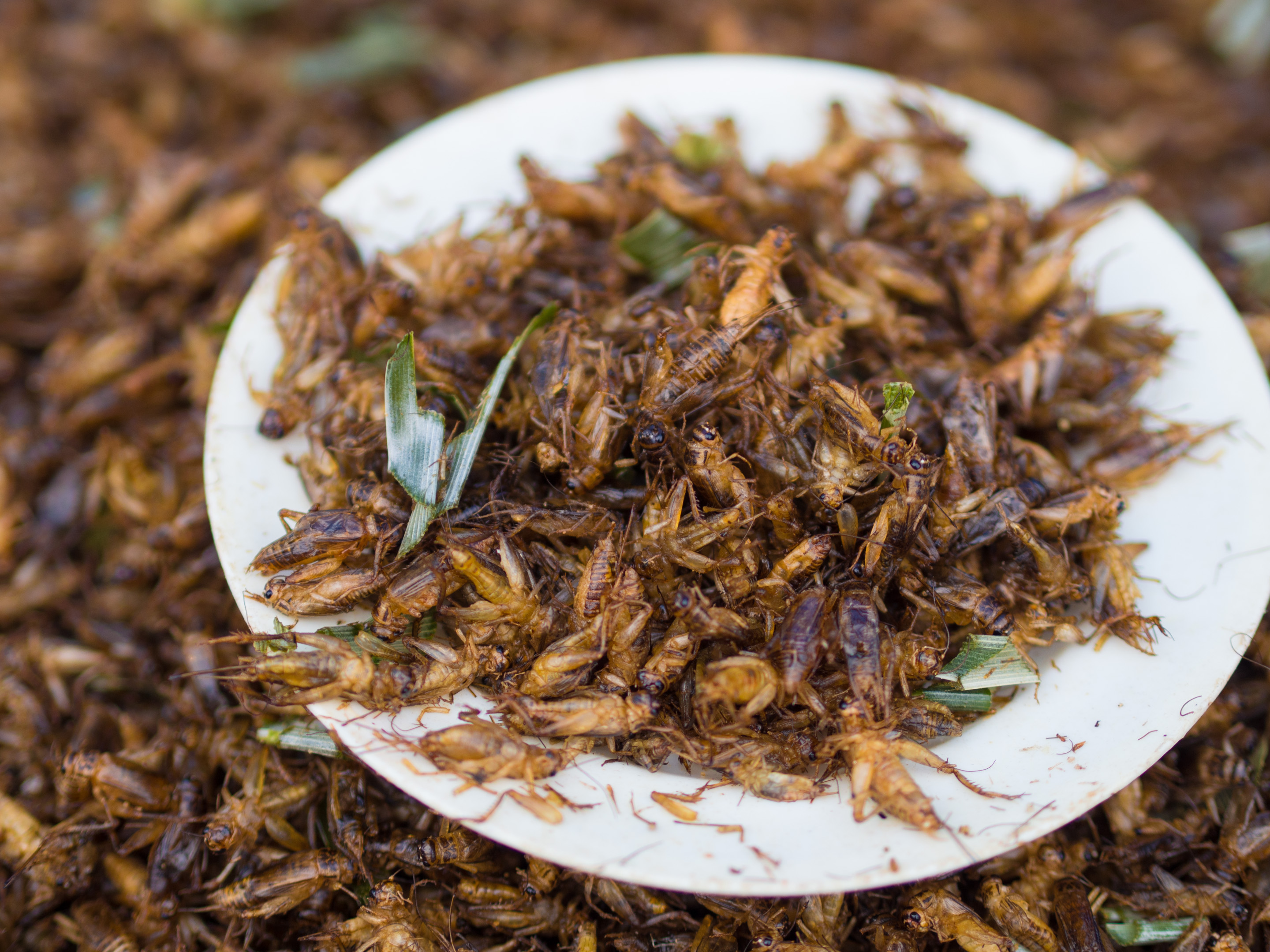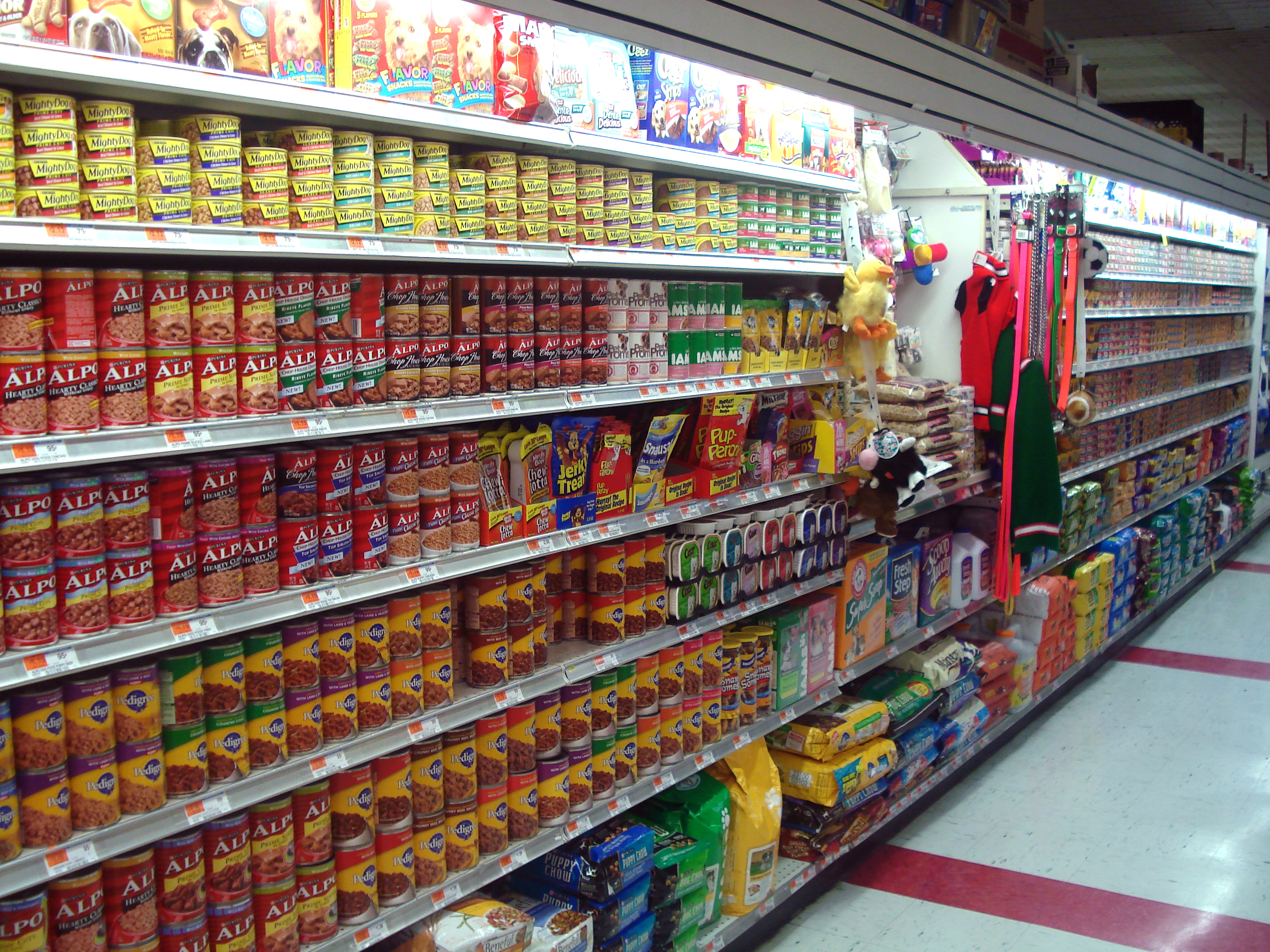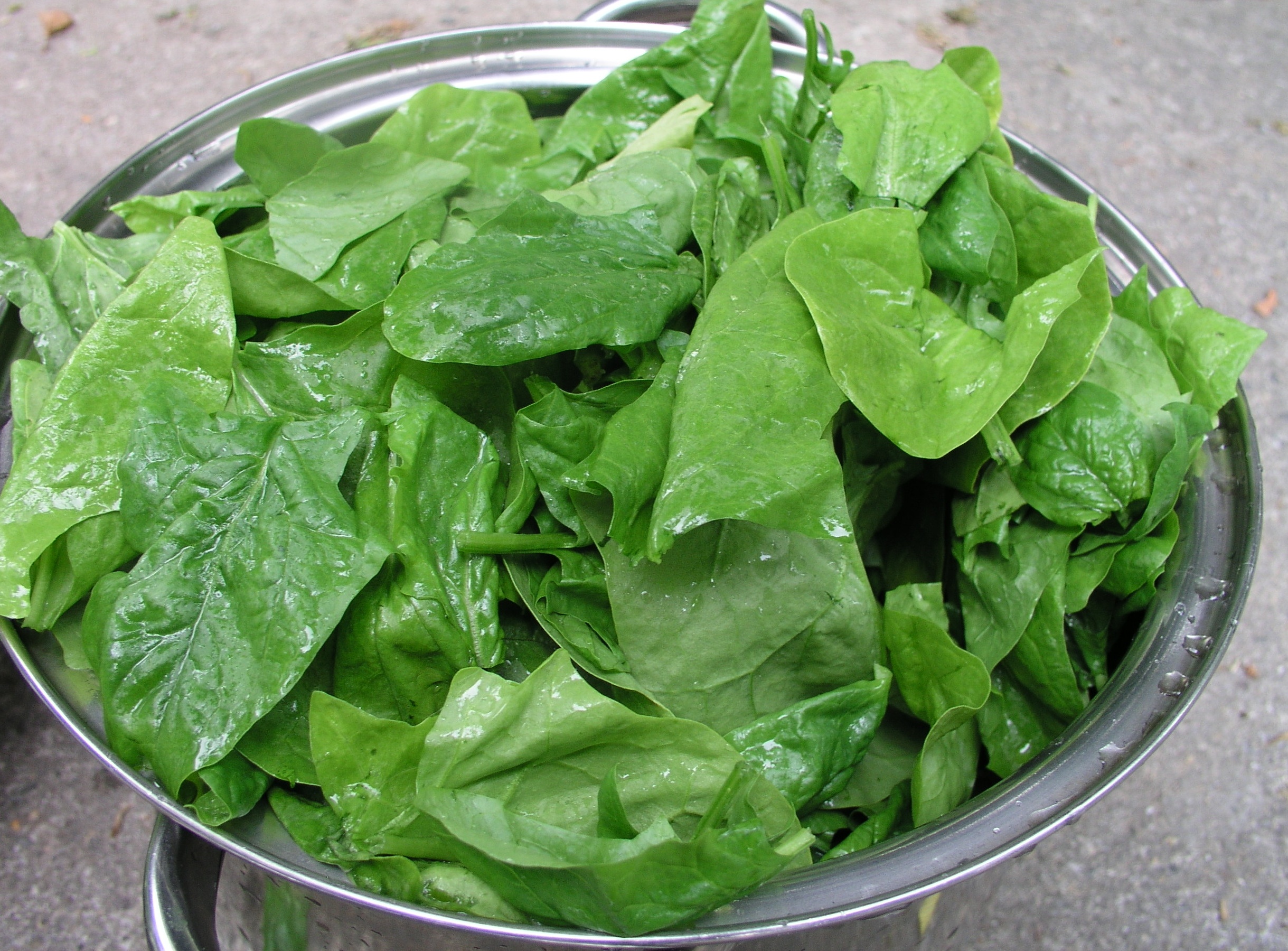|
Acheta Domesticus
''Acheta domesticus'', commonly called the house cricket, is a cricket most likely native to Southwestern Asia, but between 1950 and 2000 it became the standard feeder insect for the pet and research industries and spread worldwide. They can be kept as pets themselves, as this has been the case in China and Japan. Description The house cricket is typically gray or brownish in color, growing to in length. Males and females look similar, but females will have a needle from the rear, around long. The ovipositor is brown-black, and is surrounded by two appendages. On males, the cerci are also more prominent and house crickets are also omnivores. Diet The house cricket is an omnivore that eats a range of plant and animal matter. Crickets in the wild consume flowers, seeds, leaves, fruits, grasses and other insects (including dead members of their own species). Crickets in captivity will accept fruits (e.g. apples, oranges, bananas), vegetables (e.g. potatoes, carrots, squash ... [...More Info...] [...Related Items...] OR: [Wikipedia] [Google] [Baidu] |
Carl Linnaeus
Carl Linnaeus (; 23 May 1707 – 10 January 1778), also known after his ennoblement in 1761 as Carl von Linné Blunt (2004), p. 171. (), was a Swedish botanist, zoologist, taxonomist, and physician who formalised binomial nomenclature, the modern system of naming organisms. He is known as the "father of modern taxonomy". Many of his writings were in Latin; his name is rendered in Latin as and, after his 1761 ennoblement, as . Linnaeus was born in Råshult, the countryside of Småland, in southern Sweden. He received most of his higher education at Uppsala University and began giving lectures in botany there in 1730. He lived abroad between 1735 and 1738, where he studied and also published the first edition of his ' in the Netherlands. He then returned to Sweden where he became professor of medicine and botany at Uppsala. In the 1740s, he was sent on several journeys through Sweden to find and classify plants and animals. In the 1750s and 1760s, he continued to collect an ... [...More Info...] [...Related Items...] OR: [Wikipedia] [Google] [Baidu] |
Banana
A banana is an elongated, edible fruit – botanically a berry – produced by several kinds of large herbaceous flowering plants in the genus ''Musa''. In some countries, bananas used for cooking may be called "plantains", distinguishing them from dessert bananas. The fruit is variable in size, color, and firmness, but is usually elongated and curved, with soft flesh rich in starch covered with a rind, which may be green, yellow, red, purple, or brown when ripe. The fruits grow upward in clusters near the top of the plant. Almost all modern edible seedless ( parthenocarp) bananas come from two wild species – ''Musa acuminata'' and ''Musa balbisiana''. The scientific names of most cultivated bananas are ''Musa acuminata'', ''Musa balbisiana'', and ''Musa'' × ''paradisiaca'' for the hybrid ''Musa acuminata'' × ''M. balbisiana'', depending on their genomic constitution. The old scientific name for this hybrid, ''Musa sapientum'', is no longer used. ''Musa ... [...More Info...] [...Related Items...] OR: [Wikipedia] [Google] [Baidu] |
Jamaican Field Cricket
''Gryllus assimilis'', commonly known as the Jamaican field cricket and sometimes referred to as the silent cricket (a misnomer) among other names, is one of many cricket species known as a field cricket. Its natural habitats are the West Indies and parts of the southern United States, Mexico, and South America, though as a result of widespread breeding programs to supply feeder insects to the pet industry since 2010, it has become available commercially throughout North America and Europe. Taxonomy At one time, many field crickets found in the eastern states of the United States were assumed to be a single species and were referred to as ''Gryllus assimilis''. However, in 1932, the entomologist B. B. Fulton showed that four populations of field cricket in North Carolina, that were morphologically identical and which were all considered to be ''G. assimilis'', produced four different songs. It was further observed that though some had overlapping habitats, each population had dif ... [...More Info...] [...Related Items...] OR: [Wikipedia] [Google] [Baidu] |
Cricket Paralysis Virus
Cricket paralysis virus (CrPV) was initially discovered in Australian field crickets ('' Teleogryllus commodus'' and ''Teleogryllus oceanicus'') by Carl Reinganum and his colleagues at the Victorian Plant Research Institute (Burnley, Melbourne, Australia). The paralytic disease spread rapidly through a breeding colony as well as through a laboratory population causing about 95% mortality. This was the first recorded isolate of the virus and is generally referred to as CrPVvic to distinguish it from subsequent isolates. Description The spheroidal, non-enveloped virus particles of CrPV are about 27 nm diameter in negatively-stained electron micrographs and contain a single piece of positive-sense ssRNA. The virion is composed of four capsid proteins with molecular masses generally reported to be 33, 31 and 30 kilodaltons with a minor VP4 protein of about 8 kDa. The particles resemble those of the mammalian picornaviruses but CrPV virions sediment at a faster rate (167 S) th ... [...More Info...] [...Related Items...] OR: [Wikipedia] [Google] [Baidu] |
Pet Food
Pet food is animal feed intended for consumption by pets. Typically sold in pet stores and supermarkets, it is usually specific to the type of animal, such as dog food or cat food. Most meat used for animals is a byproduct of the human food industry, and is not regarded as "human grade".Hickman, LeoBritain's problem with pets ''The Guardian'', November 13, 2009. In 2019, the world pet food market was valued at US$87.08 billion and is projected to grow to US$113.2 billion by the year 2024. The pet food market is dominated by five major companies, as of 2020: Mars, Inc., Nestle Purina Petcare, J. M. Smucker, Hill's Pet Nutrition, Inc. (owned by Colgate-Palmolive), and Blue Buffalo Co. Ltd (owned by General Mills). Industry In the United States, pet-food sales in 2016 reached an all-time high of $28.23 billion. Mars is the leading company in the pet food industry, making about $17 billion annually in pet-care products. Online sales of pet food are increasing and contributing to ... [...More Info...] [...Related Items...] OR: [Wikipedia] [Google] [Baidu] |
Rice Cereal
Rice cereal is the name commonly given to industrially manufactured baby food based on rice. It is also commonly used in Rice Krispy treats. Its ingredient list is not well defined and depends on the manufacturer. It has been recommended by pediatricians in the United States as the initial food for solid food-ready babies for the second half of the 20th century. See also * Rice * List of porridges Porridge is a dish made by boiling ground, crushed, or chopped starchy plants (typically grains) in water, milk, or both, with optional flavorings, and is usually served hot in a bowl or dish. It may be served as a sweet or savory dish, depend ... References Infant feeding Rice dishes Porridges {{food-stub ... [...More Info...] [...Related Items...] OR: [Wikipedia] [Google] [Baidu] |
Wheat
Wheat is a grass widely cultivated for its seed, a cereal grain that is a worldwide staple food. The many species of wheat together make up the genus ''Triticum'' ; the most widely grown is common wheat (''T. aestivum''). The archaeological record suggests that wheat was first cultivated in the regions of the Fertile Crescent around 9600 BCE. Botanically, the wheat kernel is a type of fruit called a caryopsis. Wheat is grown on more land area than any other food crop (, 2014). World trade in wheat is greater than for all other crops combined. In 2020, world production of wheat was , making it the second most-produced cereal after maize. Since 1960, world production of wheat and other grain crops has tripled and is expected to grow further through the middle of the 21st century. Global demand for wheat is increasing due to the unique viscoelastic and adhesive properties of gluten proteins, which facilitate the production of processed foods, whose consumption is inc ... [...More Info...] [...Related Items...] OR: [Wikipedia] [Google] [Baidu] |
Alfalfa
Alfalfa () (''Medicago sativa''), also called lucerne, is a perennial flowering plant in the legume family Fabaceae. It is cultivated as an important forage crop in many countries around the world. It is used for grazing, hay, and silage, as well as a green manure and cover crop. The name alfalfa is used in North America. The name lucerne is the more commonly used name in the United Kingdom, South Africa, Australia, and New Zealand. The plant superficially resembles clover (a cousin in the same family), especially while young, when trifoliate leaves comprising round leaflets predominate. Later in maturity, leaflets are elongated. It has clusters of small purple flowers followed by fruits spiralled in 2 to 3 turns containing 10–20 seeds. Alfalfa is native to warmer temperate climates. It has been cultivated as livestock fodder since at least the era of the ancient Greeks and Romans. Etymology The word ''alfalfa'' is a Spanish modification of the Arabic word ''al-faṣfa� ... [...More Info...] [...Related Items...] OR: [Wikipedia] [Google] [Baidu] |
Corncob
A corncob, also called corn cob, cob of corn or corn on the cob, is the central core of an ear of corn (also known as maize). It is the part of the ear on which the kernels grow. The ear is also considered a "cob" or "pole" but it is not fully a "pole" until the ear is shucked, or removed from the plant material around the ear. Young ears, also called baby corn, can be consumed raw, but as the plant matures the cob becomes tougher until only the kernels are edible. When harvesting corn, the corncob may be collected as part of the ear (necessary for corn on the cob), or instead may be left as part of the corn stover in the field. The innermost part of the cob is white and has a consistency similar to foam plastic. Uses Corncobs find use in the following applications: * Industrial source of the chemical furfural * Fiber in fodder for ruminant livestock (despite low nutritional value) Other applications include: * Bedding for animals – cobs absorb moisture and provide ... [...More Info...] [...Related Items...] OR: [Wikipedia] [Google] [Baidu] |
Cornmeal
Cornmeal is a meal (coarse flour) or a cell membrane ground from dried corn. It is a common staple food, and is ground to coarse, medium, and fine consistencies, but not as fine as wheat flour can be.Herbst, Sharon, ''Food Lover's Companion'', Third Edition, Pg. 165, Barrons Educational Series Inc, 2001 In Mexico, very finely ground cornmeal is referred to as corn flour. When fine cornmeal is made from maize that has been soaked in an alkaline solution, e.g., limewater (a process known as nixtamalization), it is called masa harina (or masa flour), which is used for making arepas, tamales and tortillas. Boiled cornmeal is called polenta in Italy and is also a traditional dish and bread substitute in Romania. Types There are various types of cornmeal: *''Blue cornmeal'' is light blue or violet in color. It is ground from whole blue corn and has a sweet flavor. The cornmeal consists of dried corn kernels that have been ground into a fine or medium texture. *''Steel-ground yellow ... [...More Info...] [...Related Items...] OR: [Wikipedia] [Google] [Baidu] |
Oatmeal
Oatmeal is a preparation of oats that have been de-husked, steamed, and flattened, or a coarse flour of hulled oat grains (groats) that have either been milled (ground) or steel-cut. Ground oats are also called white oats. Steel-cut oats are known as coarse oatmeal, Irish oatmeal, or pinhead oats. Rolled oats were traditionally thick old-fashioned oats, but can be made thinner or smaller, and may be categorized as quick oatmeal or instant oatmeal depending on the cooking time required, which is determined by the size of the oats and the amount of precooking. Industrial preparation and varieties The oat grains are de-husked by impact, and are then heated and cooled to stabilize the groats, the seed inside the husk. The groats may be milled to produce fine, medium, or coarse oatmeal. Steel-cut oats may be small and contain broken groats from the de-husking process (these bits may be steamed and flattened to produce smaller rolled oats). Rolled oats are steamed and flattene ... [...More Info...] [...Related Items...] OR: [Wikipedia] [Google] [Baidu] |
Leaf Vegetable
Leaf vegetables, also called leafy greens, pot herbs, vegetable greens, or simply greens, are plant leaves eaten as a vegetable, sometimes accompanied by tender petioles and shoots. Leaf vegetables eaten raw in a salad can be called salad greens. Nearly one thousand species of plants with edible leaves are known. Leaf vegetables most often come from short-lived herbaceous plants, such as lettuce and spinach. Woody plants of various species also provide edible leaves. The leaves of many fodder crops are also edible for humans, but are usually only eaten under famine conditions. Examples include alfalfa, clover, most grasses, including wheat and barley. Food processing, such as drying and grinding into powder or pulping and pressing for juice, may be used to involve these crop leaves in a diet. Leaf vegetables contain many typical plant nutrients, but since they are photosynthetic tissues, their vitamin K levels are particularly notable. Phylloquinone, the most common form ... [...More Info...] [...Related Items...] OR: [Wikipedia] [Google] [Baidu] |










